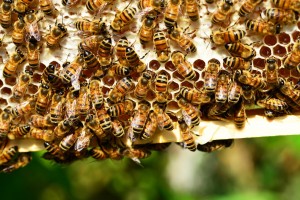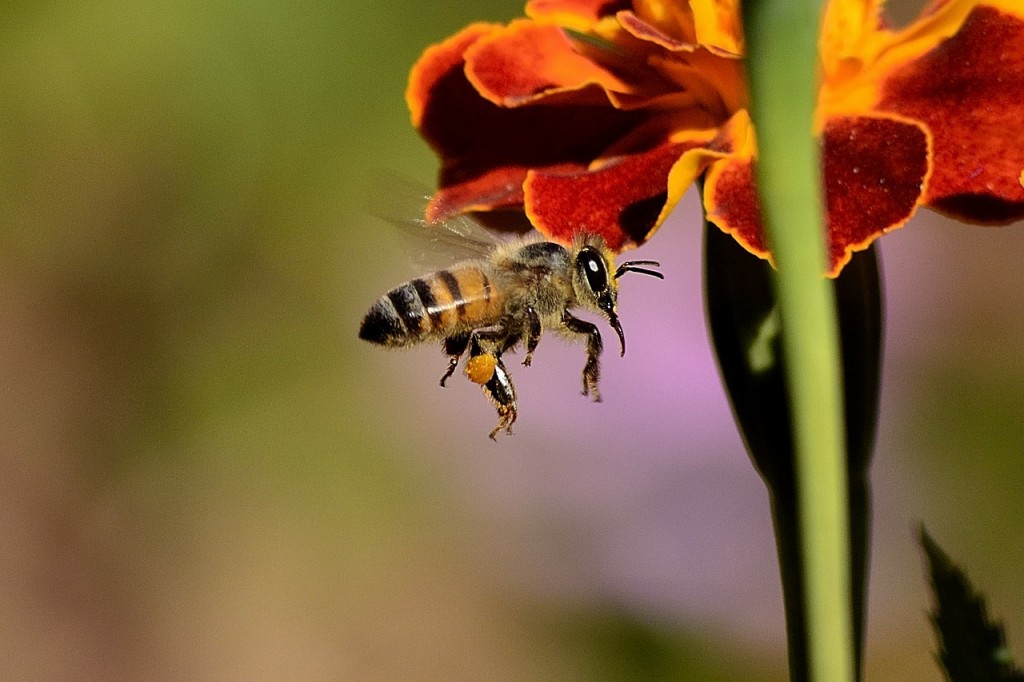The rusty patched bumble bee is once again making headlines, and it’s for the same reason as before – its endangered species status. (“Rusty patched bumble bee recommended for endangered list,” n.d.) But let’s back up for a moment and take a look at why the bee is endangered, as well as the reasons behind the delay in officially listing it as a vulnerable species.
September 2016: Rusty Patched Gains Notoriety
In September 2016, federal officials made a formal recommendation, stating that the rusty patch bumble bee should be listed as an endangered species. They came to this conclusion because according to their research, approximately 90 percent of its historic range had been eliminated over the course of 20 years.
Recent studies had also found that the bee was struggling to fight disease, as well as climate change and habitat loss. The rusty patch bumble bee was falling victim to the overuse of pesticides by agricultural professionals. The species had once been found in 28 states, but today, it can only be found in about 12 states, according to the U.S. Fish and Wildlife Service. (Fears, 2014)
February 2017: Trump Administration Moves
Changes at the White House resulted in dwindling support for existing initiatives, such as those led by environmental experts. The rusty patched bumble bee became an unfortunate victim of the incoming administration’s hesitation to follow through with the U.S. Fish and Wildlife Service’s recommendations.
In February, the Interior Department delayed the species’ designation as “endangered.” This came after the White House administration received input from several corporations, claiming that the designation should be postponed for further consideration. CropLife America, a trade group that represents pesticide manufacturers, claimed that “field studies have consistently found no unreasonable adverse effects on pollinator populations when pesticides are applied according to label directions.” (Grrl, 2017)
March 2017: Recognition for the Rusty Patched Bee
After the designation was delayed, wildlife officials rallied for the rusty patched bumble bee’s cause. Eric Lee-Mäder, co-director of the pollinator program at the Xerces Society, argued that the bee’s pollination could be valued at $9 billion annually. Others cited the bee’s ability to pollinate plants through a special method called “buzz pollination.” This involves the bee hanging from a flower and vibrating its flight muscles rapidly to shake loose pollen that would otherwise be difficult to retrieve.
Now that the designation has been approved, the public has 60 days to comment on the government’s move to officially list the species as endangered. A final ruling will come by next spring.
